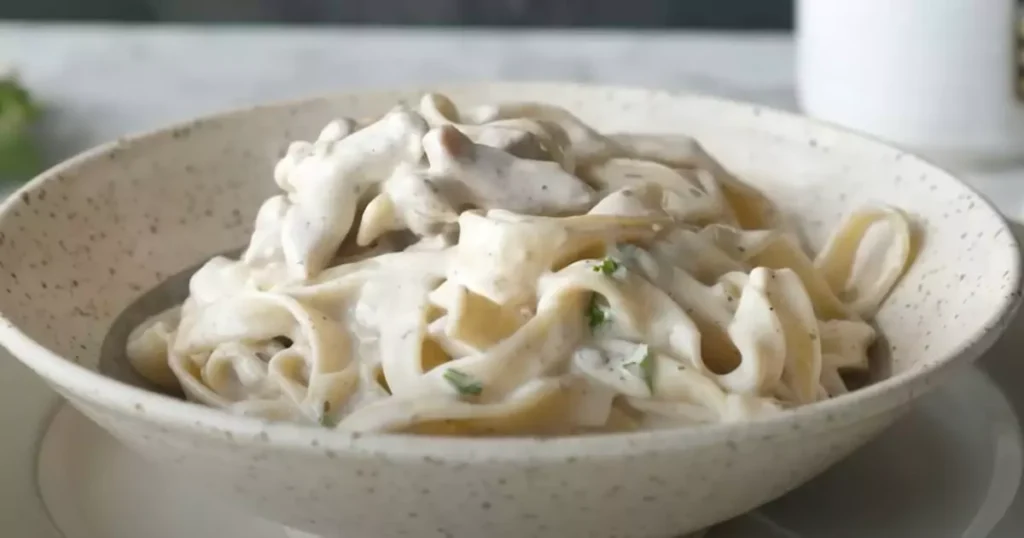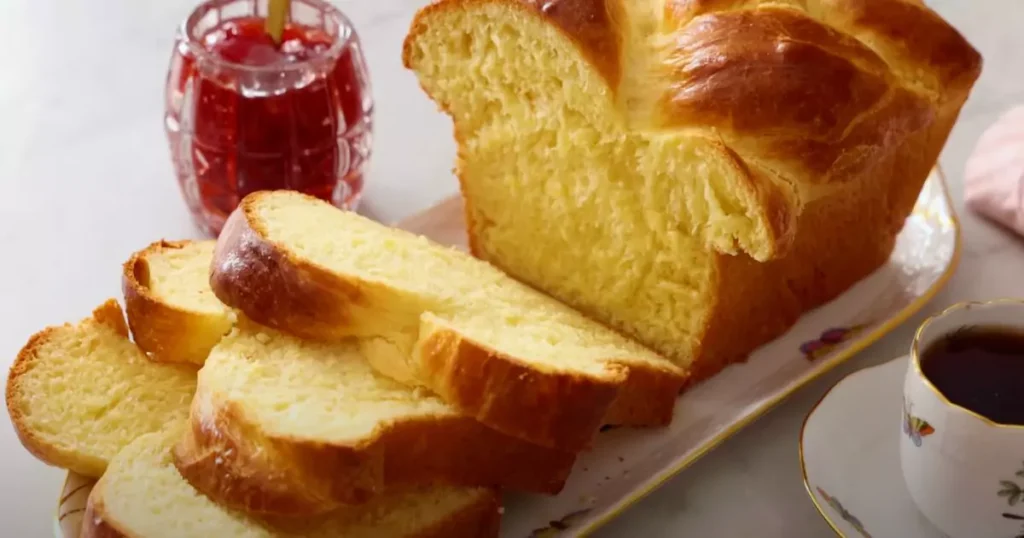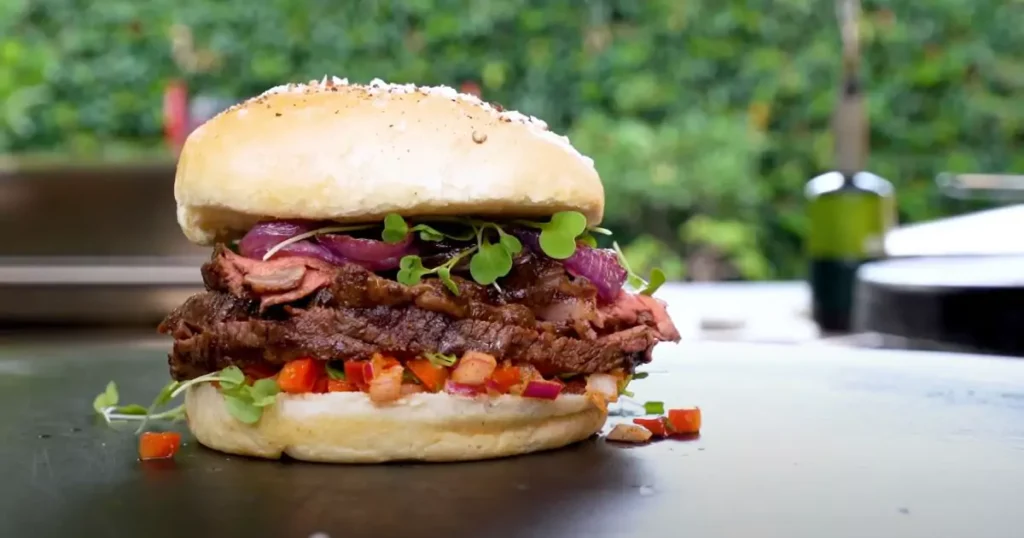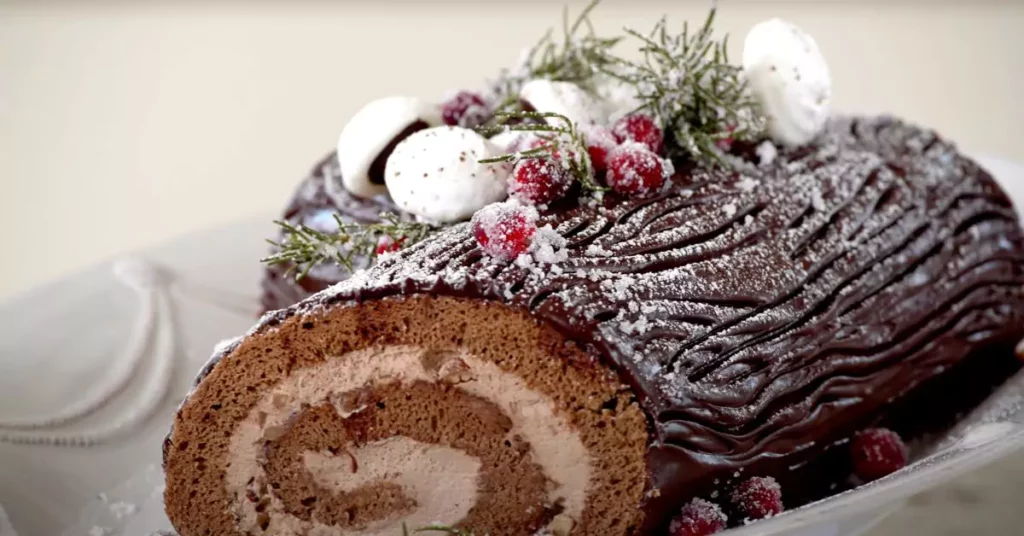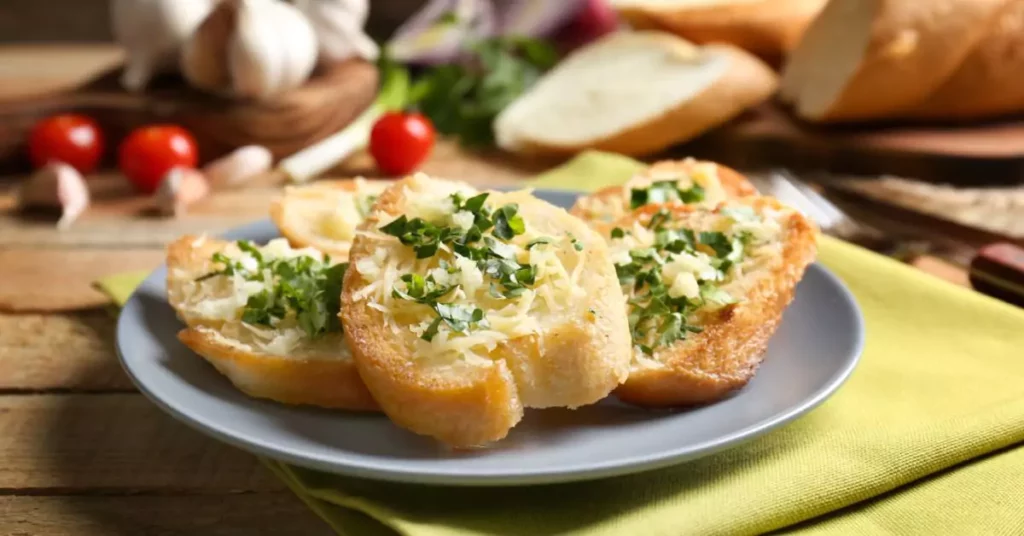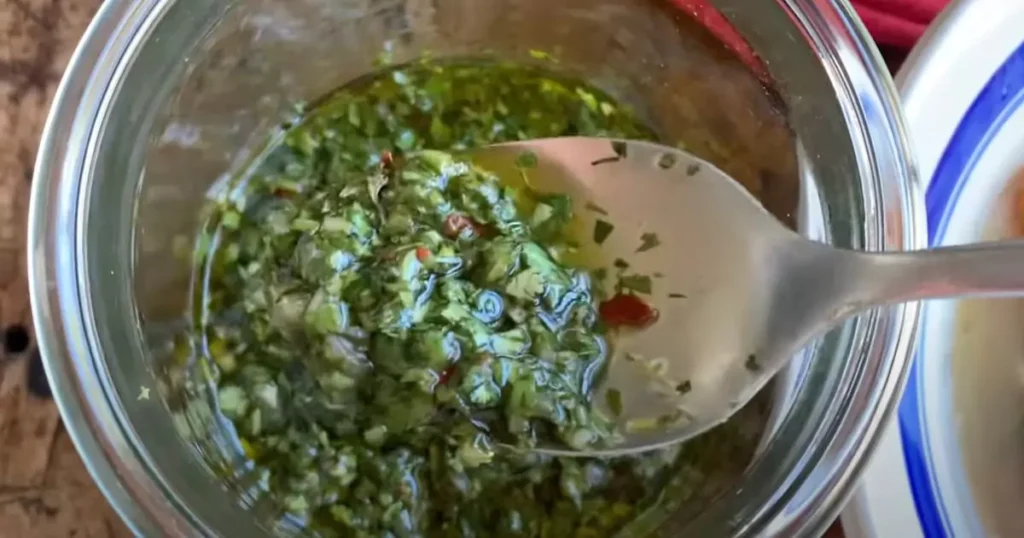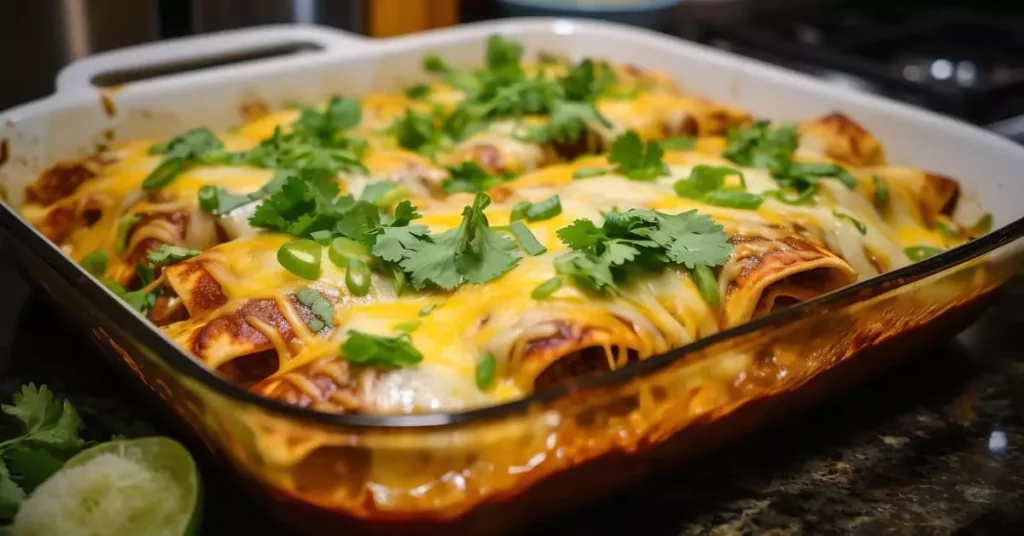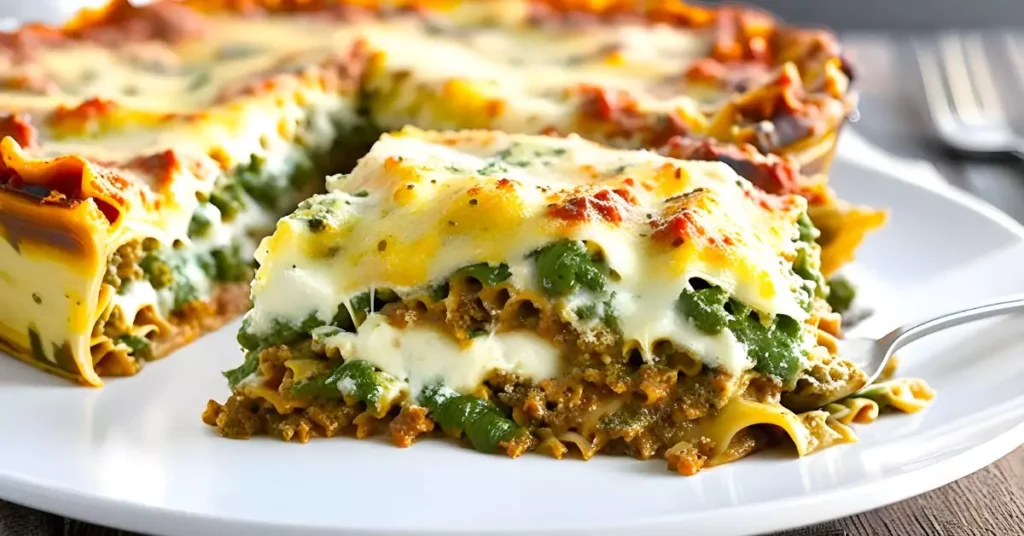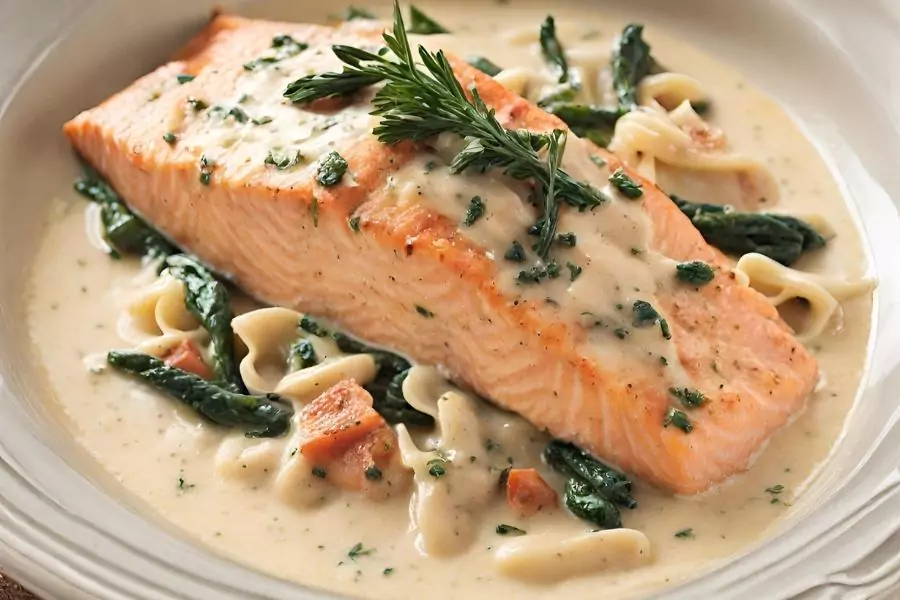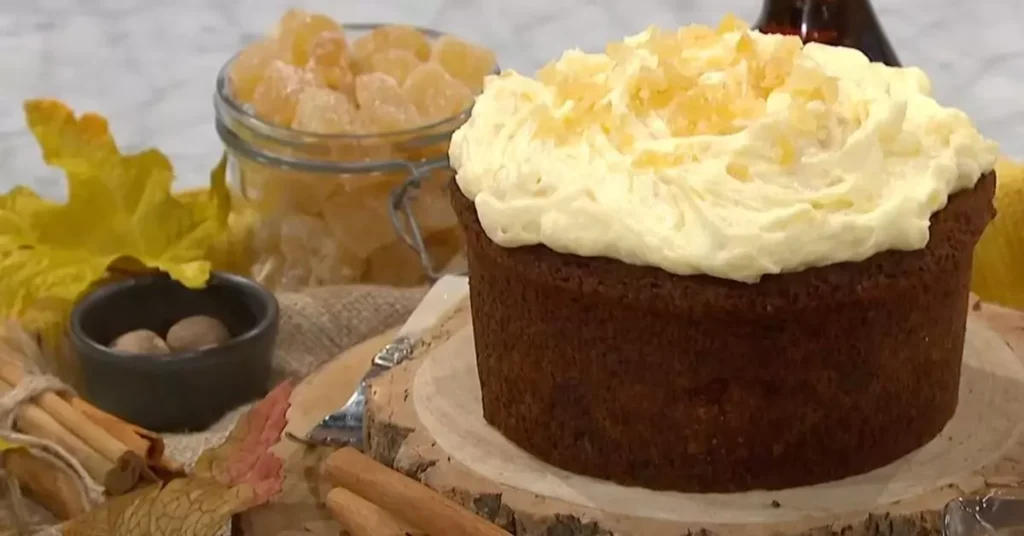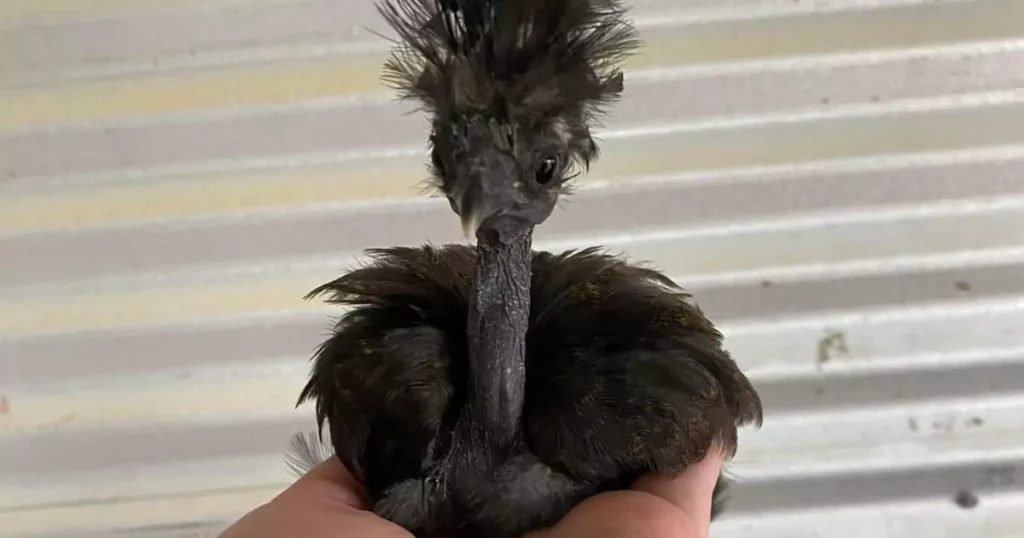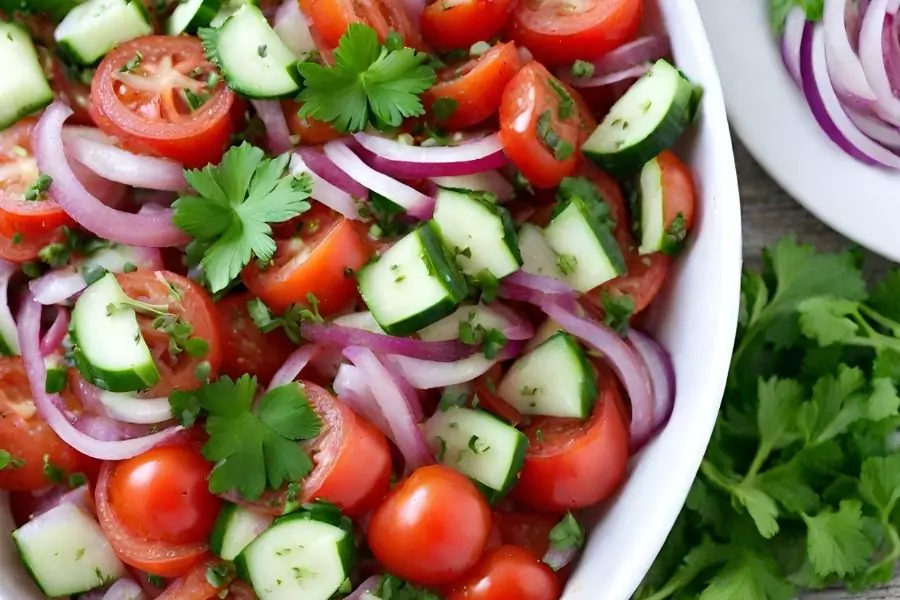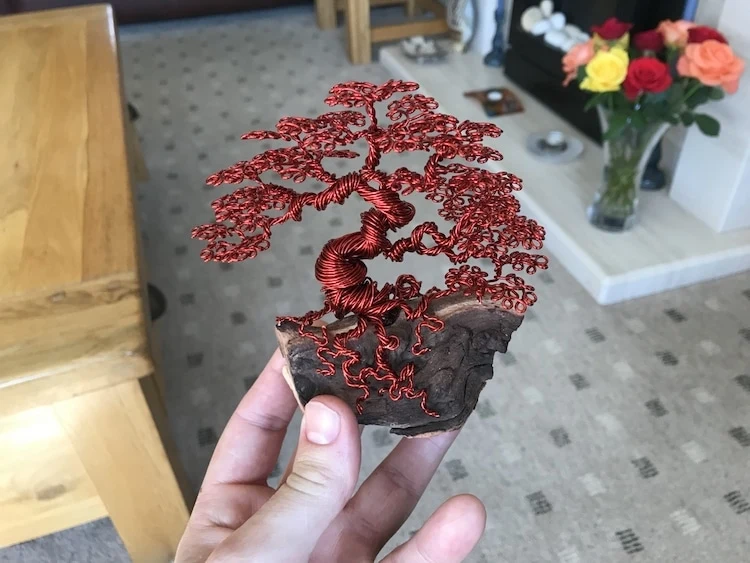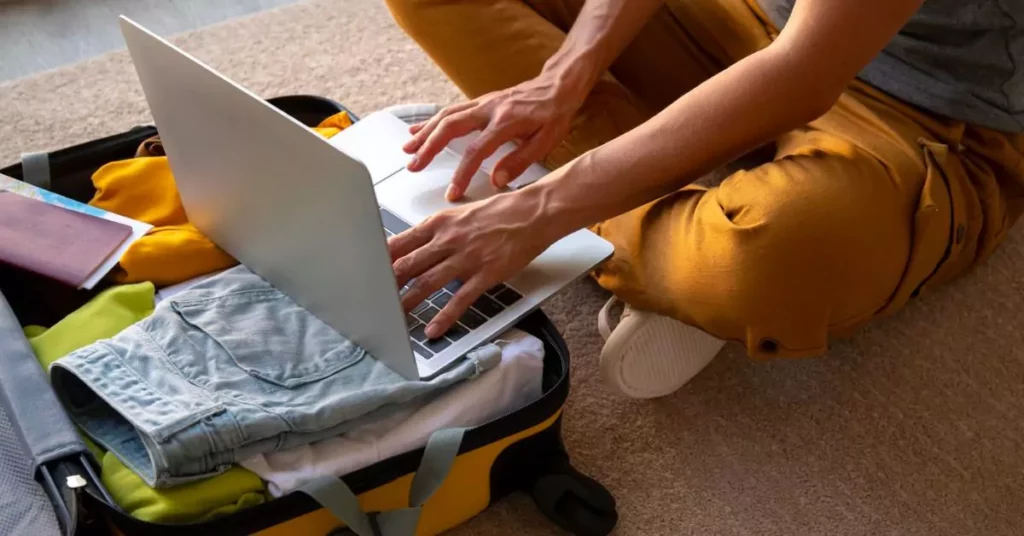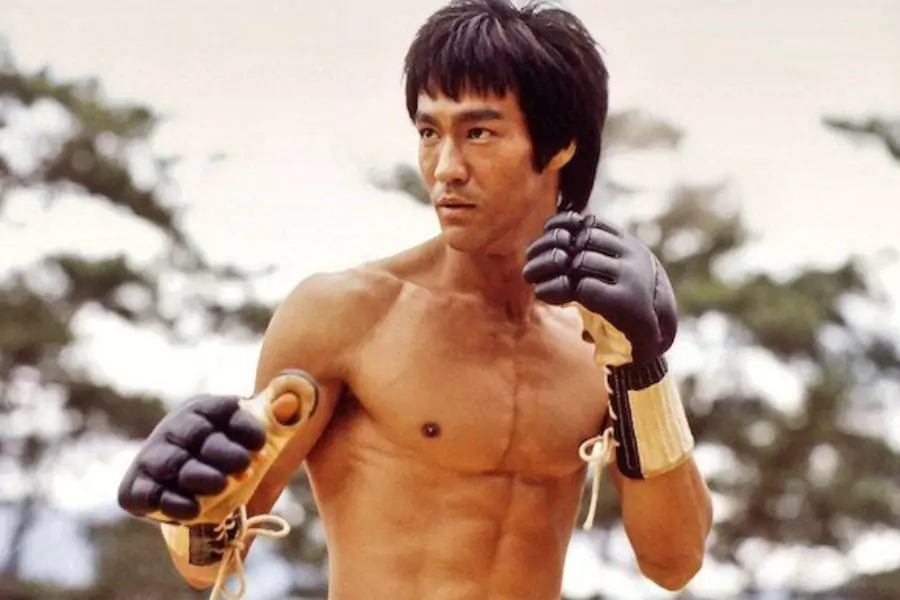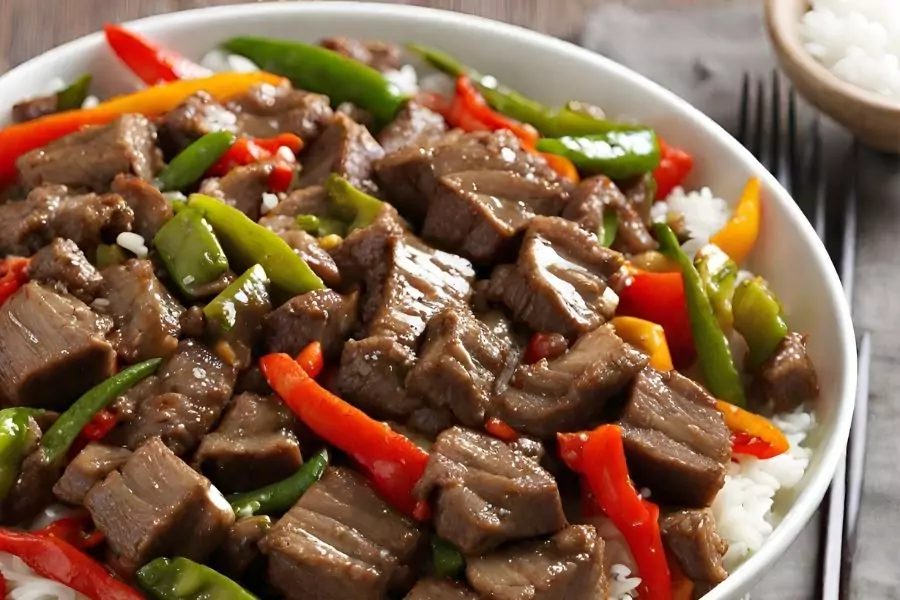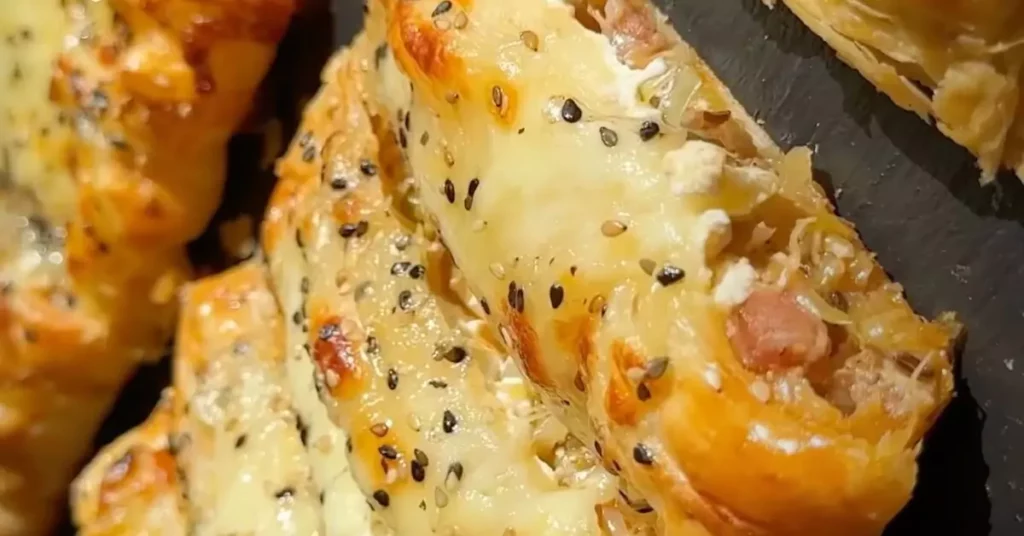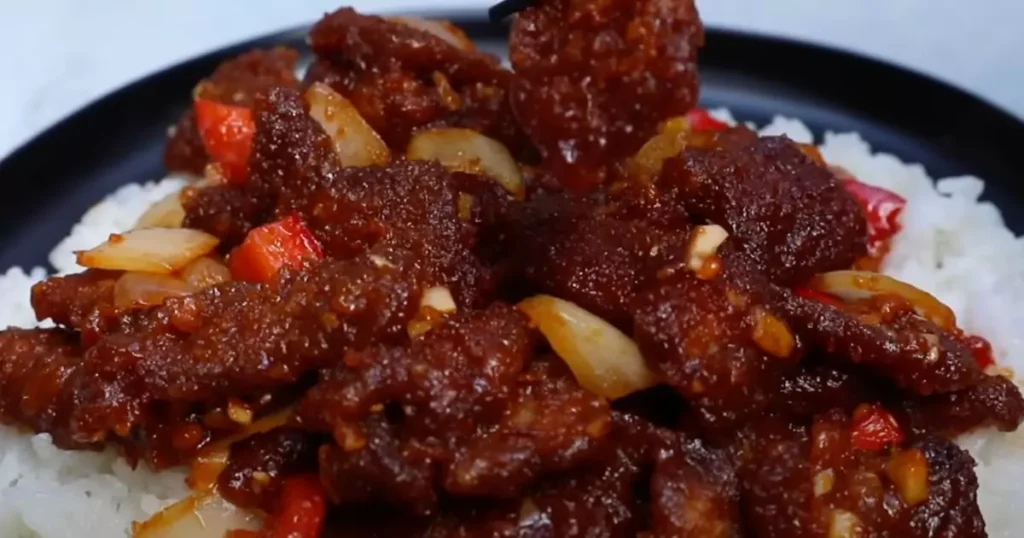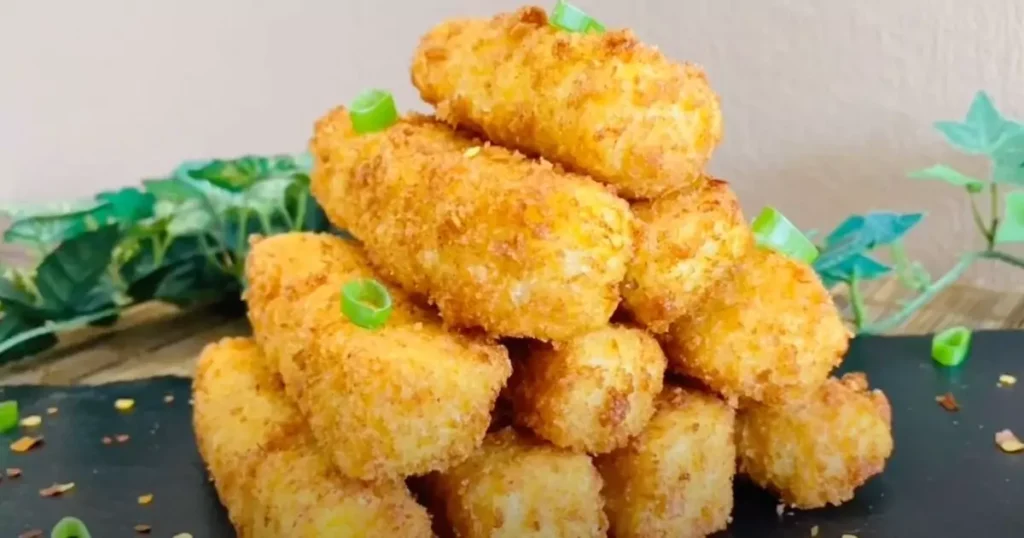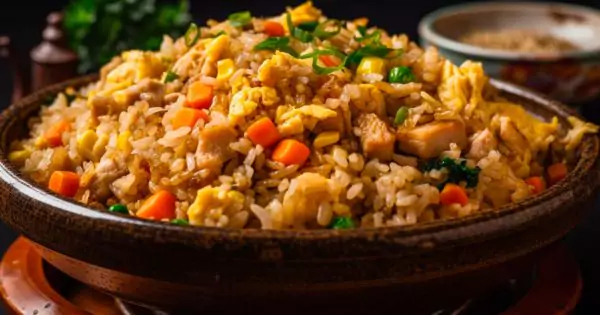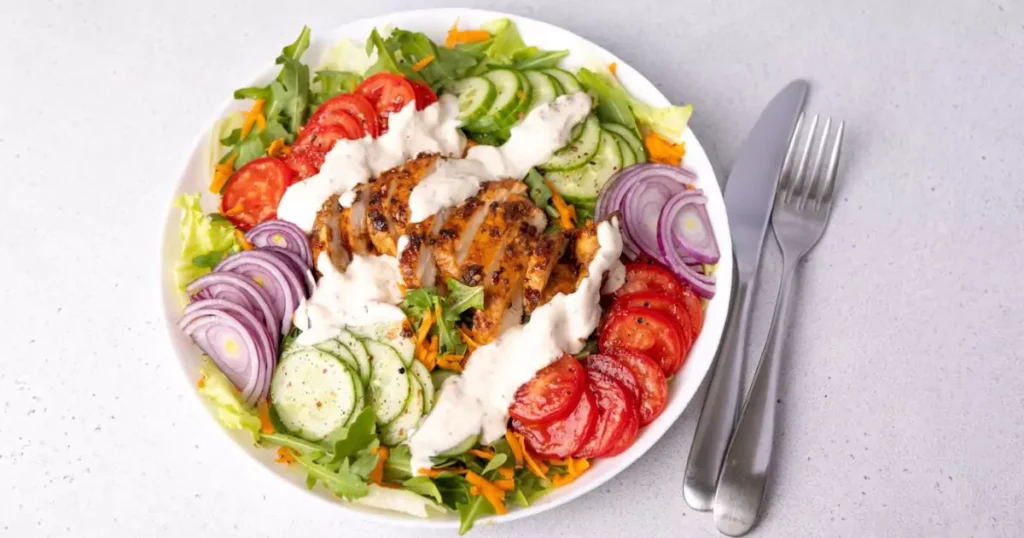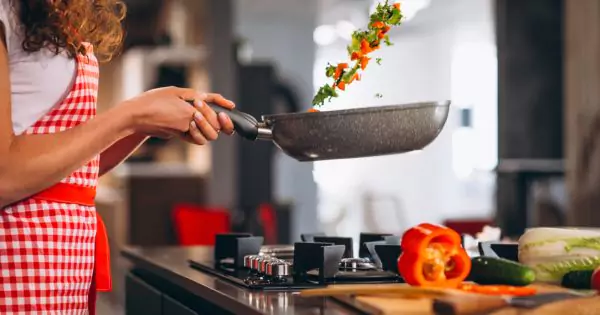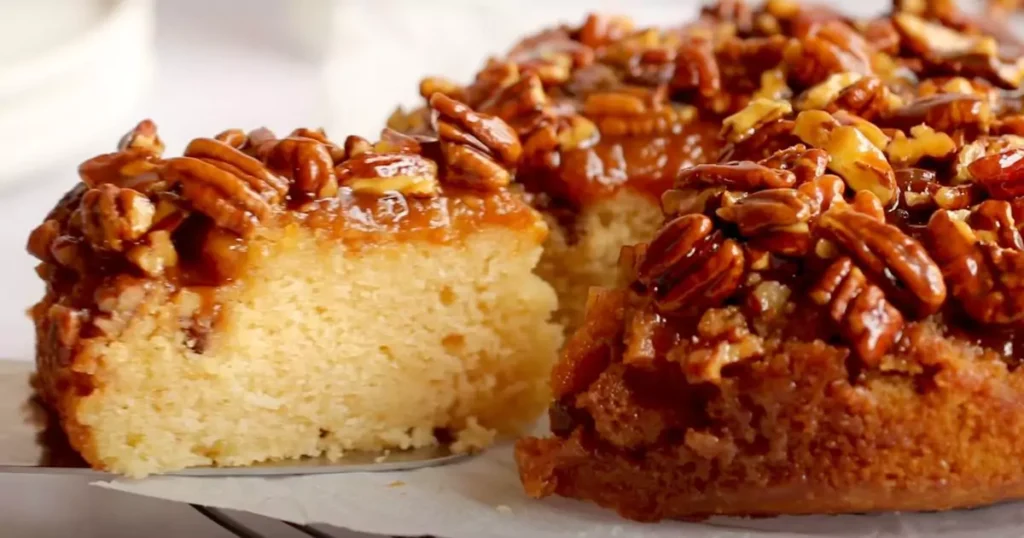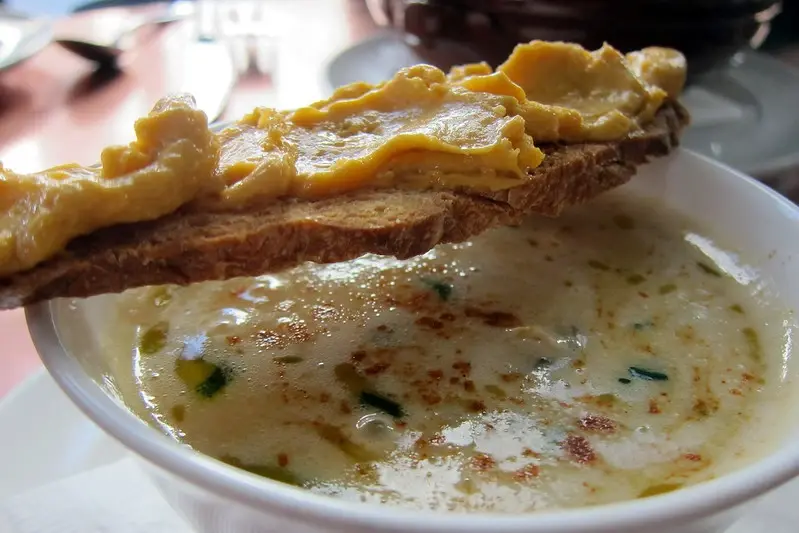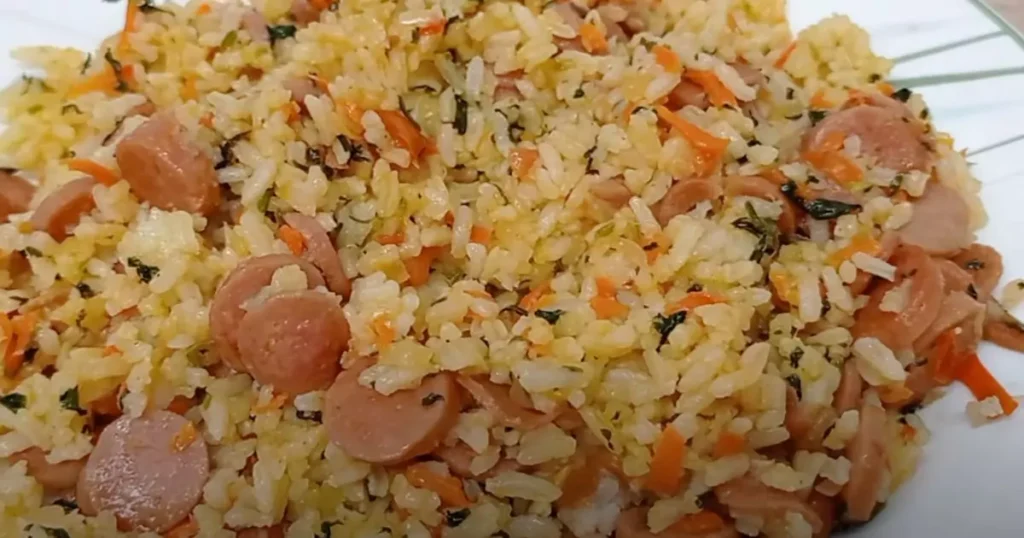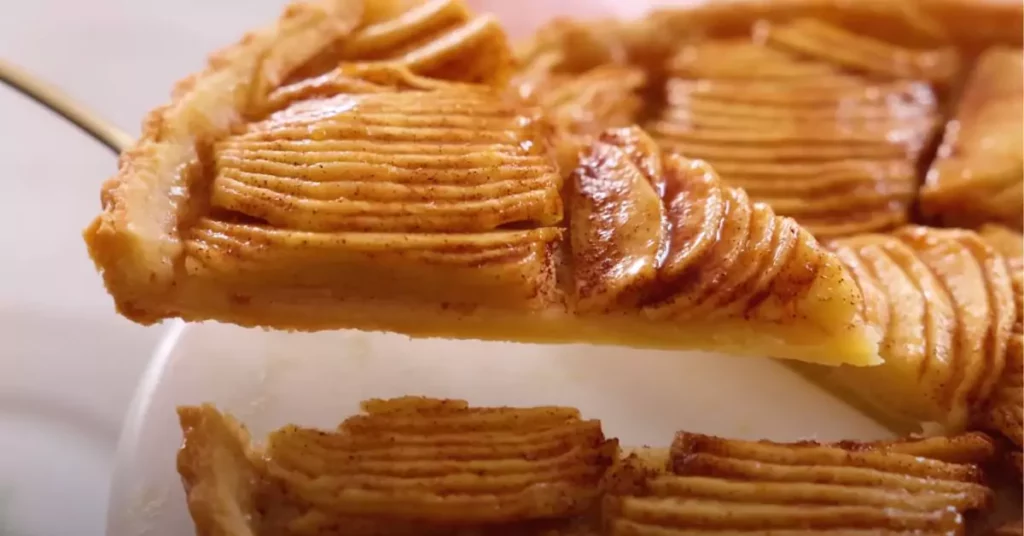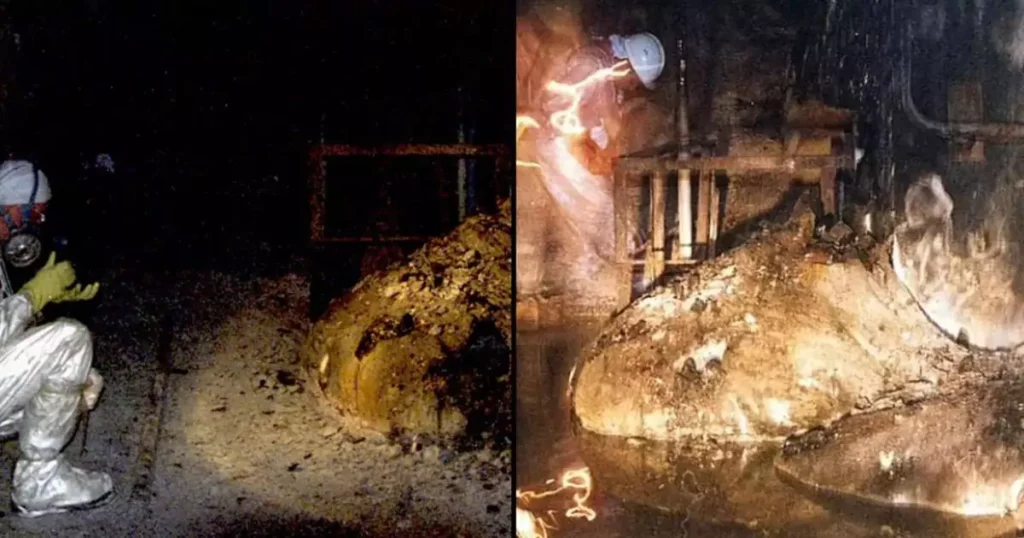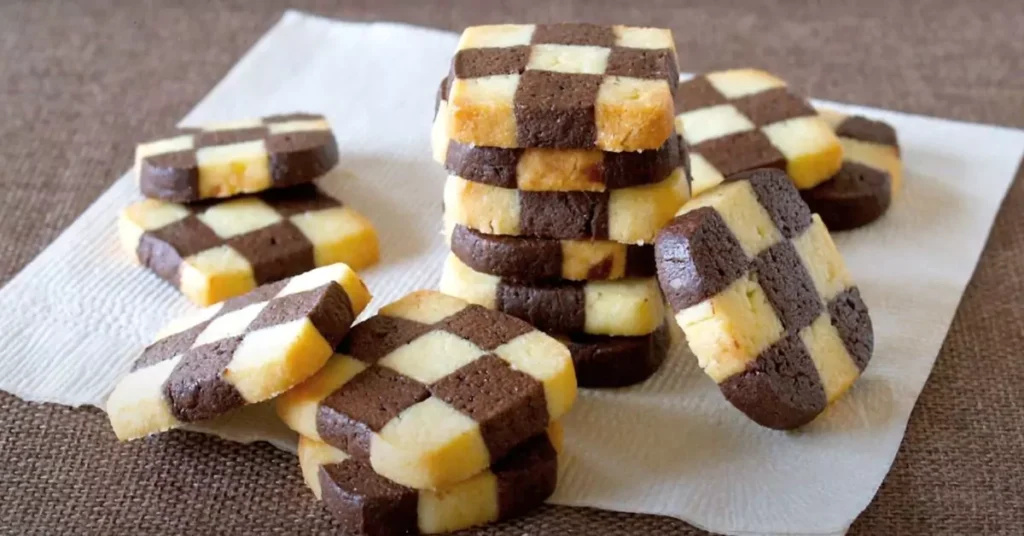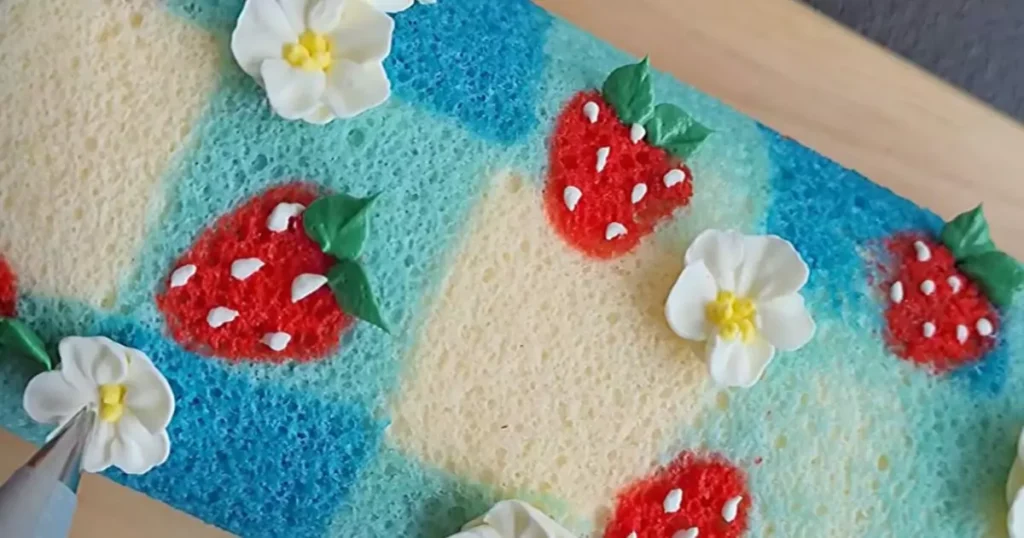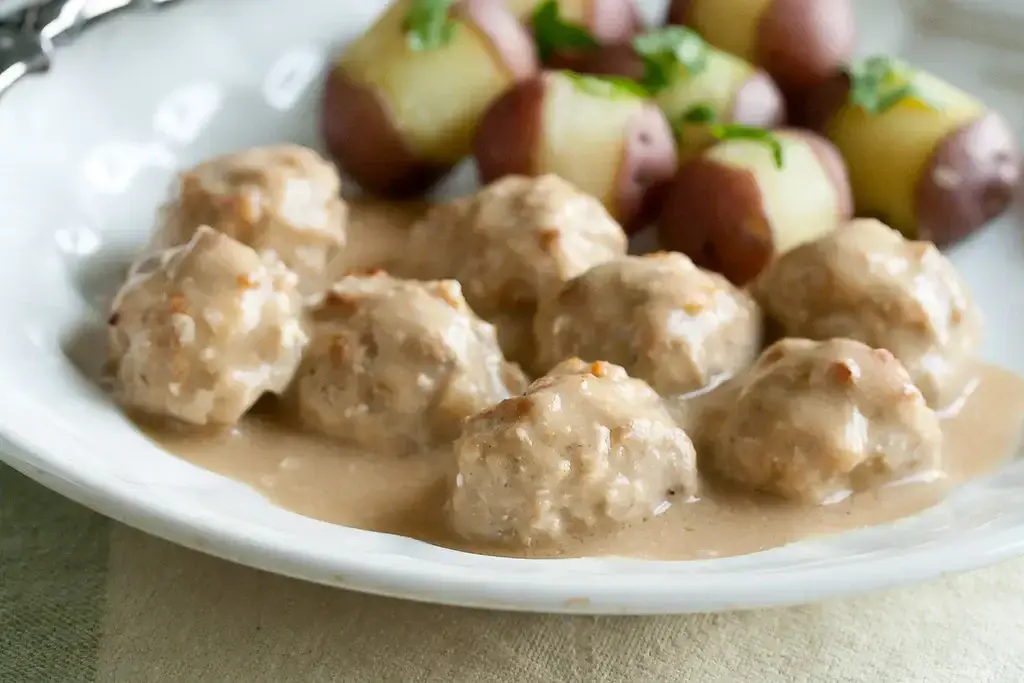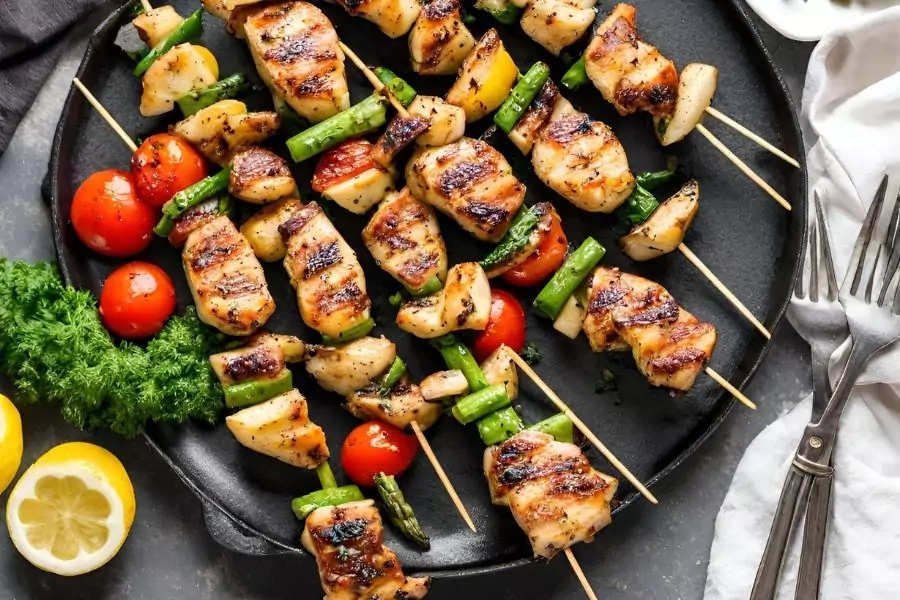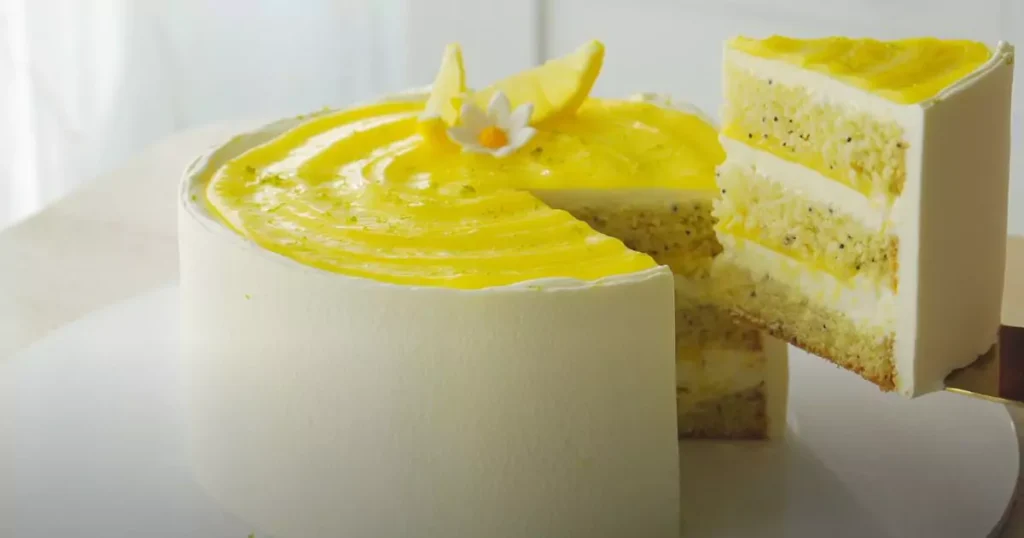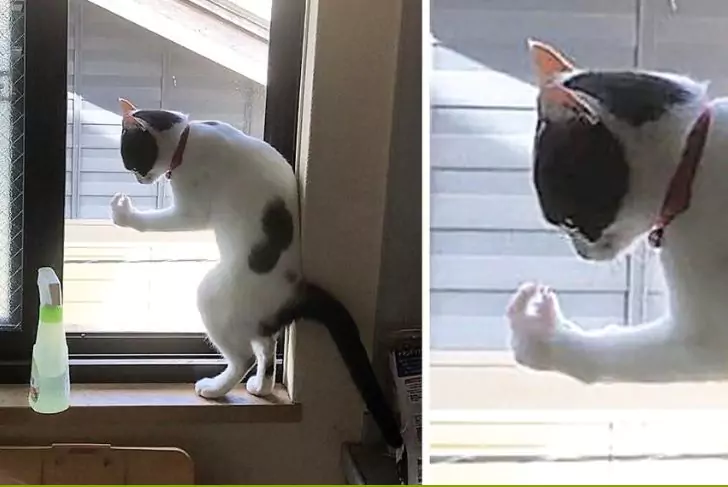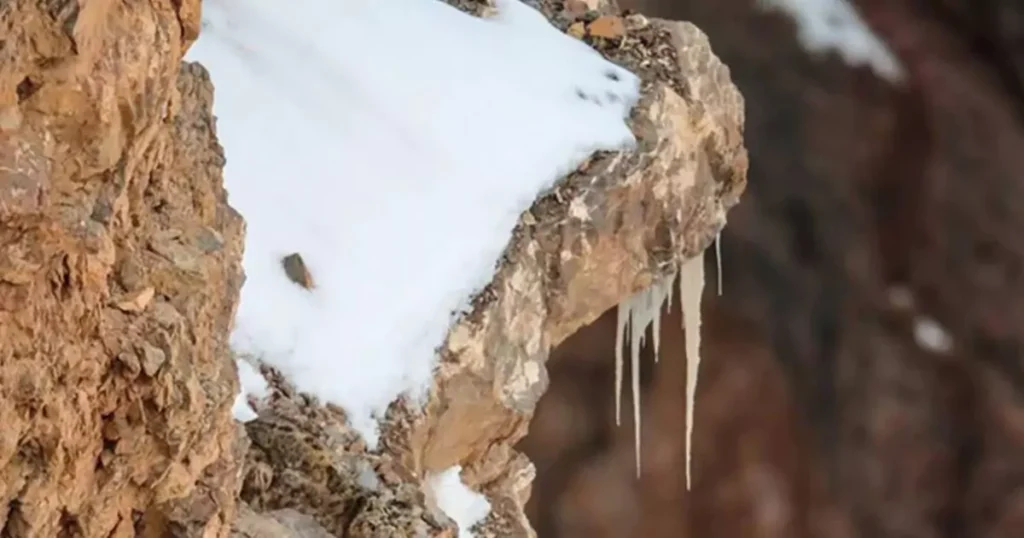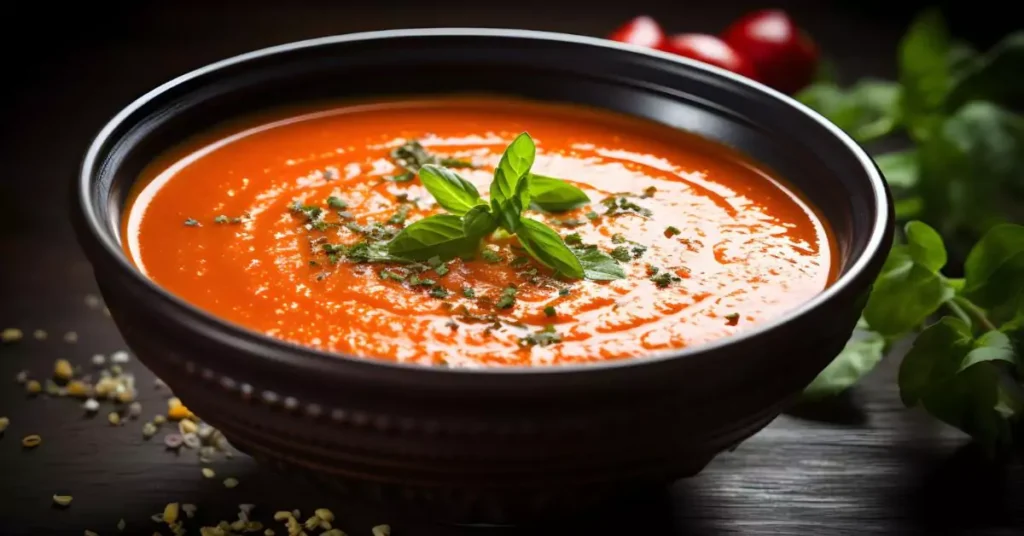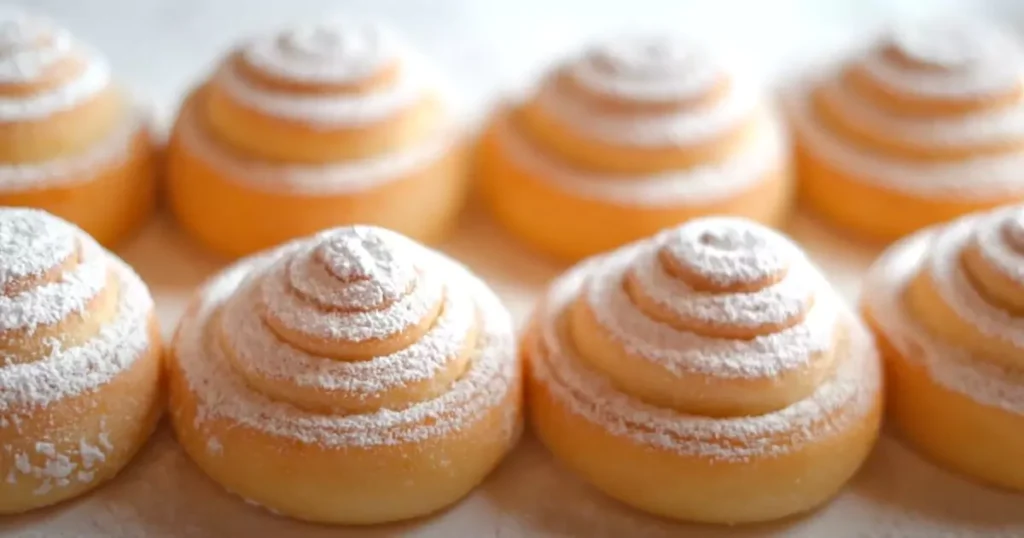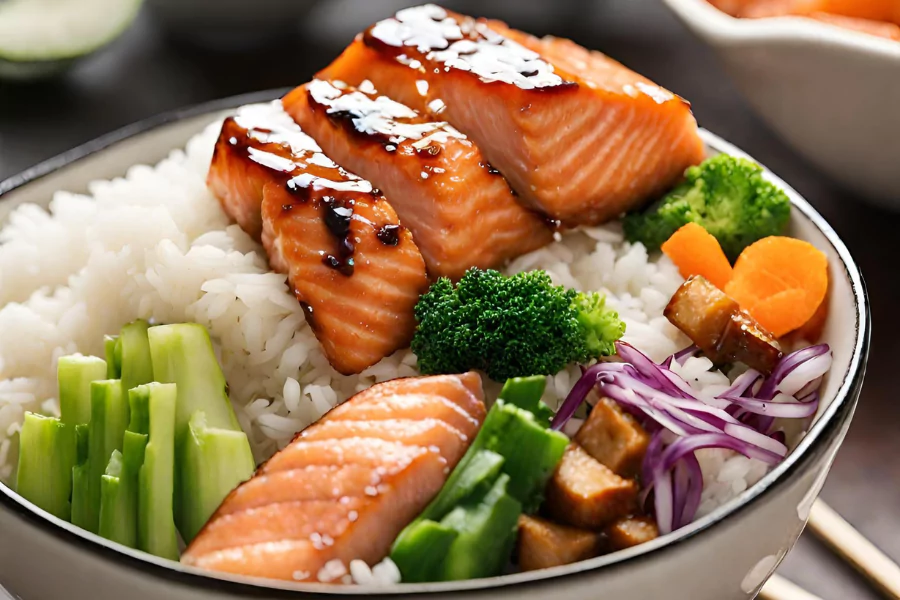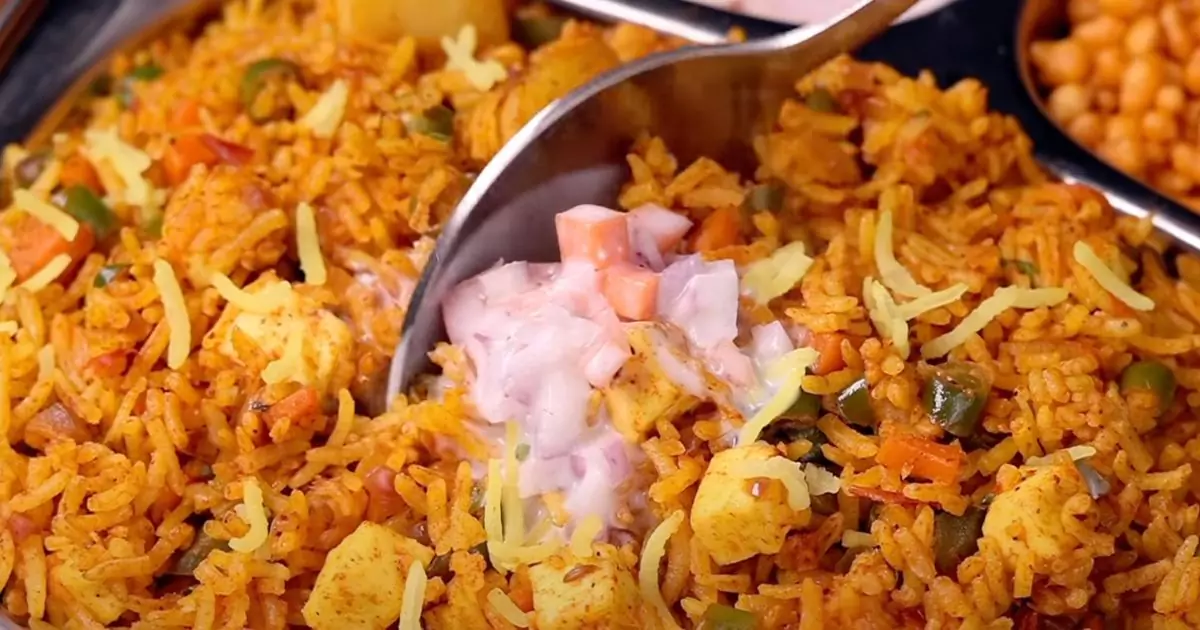
Indian cuisine is a splendid array of colors, flavors, and textures, and among its culinary gems is the delectable Paneer Tawa Pulao. This dish is a vibrant mosaic of Indian spices, succulent paneer, and an assortment of fresh vegetables, all coming together on the grand canvas of a tawa (flat griddle) to create a masterpiece of taste.
Paneer Tawa Pulao, a twist on the traditional pulao, incorporates paneer (Indian cottage cheese) – a staple in Indian vegetarian diets, revered for its soft, creamy texture. When paired with the aromatic basmati rice, each bite becomes a delightful experience for the taste buds. The use of a tawa, typically associated with street food delights, adds an element of rustic charm to the dish, ensuring that the ingredients are infused with a unique smokiness and crispness that can’t be replicated in any other cookware.
The beauty of this dish lies in its versatility. Whether it’s a busy weekday dinner, a leisurely weekend lunch, or a special occasion, Paneer Tawa Pulao fits the bill perfectly. It’s a dish that not only appeals to the senses with its vibrant colors and enticing aromas but also offers a balanced nutritional profile. The vegetables bring in a dose of fiber and vitamins, while paneer adds protein and calcium, making this dish a wholesome meal in itself.
Moreover, the process of making Paneer Tawa Pulao is akin to an art. The layering of flavors begins with the tempering of spices, followed by the sautéing of onions and vegetables, each step building upon the last, culminating in the addition of paneer and rice. The final stir on the tawa is where the magic happens – as the spices coat every grain of rice and paneer, locking in an explosion of flavors.
Ingredients
For Rice:
- 1½ cup basmati rice
- Water, for soaking and boiling
- 1 tbsp salt
- 1 tbsp oil
- ½ tsp turmeric
For Tawa Pulao:
- 2 tbsp oil
- 1 tsp butter
- 1 tsp cumin
- 1 tsp kasuri methi (dried fenugreek leaves)
- 1 chilli, chopped
- ½ onion, finely chopped
- 1 tsp ginger garlic paste
- ½ capsicum (bell pepper), chopped
- 1 carrot, chopped
- 5 beans, chopped
- 3 tbsp peas
- 1 tomato, chopped
- 1 tsp chilli powder
- 2 tsp pav bhaji masala
- ½ tsp turmeric
- 1 tsp salt
- 1 tsp schezwan sauce
- ½ cup paneer (Indian cottage cheese), cubed
- ½ potato, boiled & cubed
- 2 tbsp coriander (cilantro), finely chopped
Instructions
How to Cook Basmati Rice:
- Soaking: Begin by soaking 1½ cups of basmati rice in water for 20 minutes. This step is crucial for ensuring that the rice cooks evenly.
- Preparing the Water: In a large vessel, heat water sufficient to cover the rice. Add 1 tablespoon of salt, 1 tablespoon of oil, and ½ teaspoon of turmeric. The salt seasons the rice, while the turmeric imparts a subtle golden color, and the oil helps in keeping the grains separate.
- Cooking the Rice: Once the water comes to a boil, add the soaked rice. Stir gently to mix. Allow the rice to boil for approximately 8 minutes, or until it is cooked yet retains a bit of firmness (al dente).
- Draining and Cooling: After the rice is cooked, drain off the water and spread the rice on a flat surface to cool. This prevents the grains from cooking further and sticking together, ensuring they remain fluffy.
How to Make Paneer Tawa Pulao:
- Preparing the Tawa: Heat 2 tablespoons of oil and 1 teaspoon of butter in a large tawa (flat pan) or wok. The combination of oil and butter adds flavor and prevents the spices from burning.
- Tempering Spices: Add 1 teaspoon of cumin and 1 teaspoon of kasuri methi to the hot oil. Saute slightly, then add 1 chopped chilli. These spices are key to imparting the pulao with its distinct aroma.
- Sauteing Vegetables: Add ½ finely chopped onion and 1 teaspoon ginger garlic paste. Saute until the onion softens and becomes translucent. Then, add ½ chopped capsicum, 1 chopped carrot, 5 chopped beans, 3 tablespoons peas, and 1 chopped tomato. Stir fry on a high flame until the vegetables are cooked yet retain a bit of crunch.
- Adding Spices and Sauce: Now, add 1 teaspoon chilli powder, 2 teaspoons pav bhaji masala, ½ teaspoon turmeric, 1 teaspoon salt, and 1 teaspoon schezwan sauce. Mix well to ensure all the vegetables are coated evenly with the spices and sauce.
- Incorporating Paneer and Potato: Gently add ½ cup cubed paneer and ½ boiled & cubed potato to the tawa. Mix gently to avoid breaking the paneer cubes.
- Combining with Rice: Add the cooked and cooled rice to the tawa. Sprinkle 2 tablespoons of finely chopped coriander over the top. Mix gently but thoroughly, ensuring the rice is evenly coated with the vegetable and spice mixture.
- Serving: Once everything is well combined and heated through, your Paneer Tawa Pulao is ready to be served. It pairs wonderfully with a side of raita (yogurt sauce) or a fresh salad.
Storage Ideas
- Refrigeration:
- Allow the Palak Paneer Pulao to cool to room temperature. Avoid leaving it out for more than 2 hours to prevent bacterial growth.
- Transfer the pulao to an airtight container. This will prevent it from absorbing odors from other foods in the fridge.
- Properly stored, it can last in the refrigerator for up to 3-4 days.
- Freezing:
- Palak Paneer Pulao can be frozen, although the texture of paneer might change slightly upon thawing.
- Portion the pulao into meal-size servings in freezer-safe containers or bags. This way, you only defrost what you need.
- Label the containers with the date of freezing. It can be stored in the freezer for up to 1-2 months.
- To use, thaw in the refrigerator overnight or reheat directly from the freezer.
Reheating:
- When reheating, add a small amount of water or broth to prevent the rice from drying out.
- Reheat in a microwave, stirring occasionally, or on the stovetop over low heat.
Precautions:
- Always reheat the pulao to an internal temperature of 165°F (74°C) to ensure food safety.
- Avoid repeated reheating as it can degrade the flavor and increase the risk of foodborne illness.
Uncooked Ingredients:
- Store uncooked basmati rice in an airtight container in a cool, dry place. It can last for a long period.
- Fresh vegetables should be stored in the refrigerator’s crisper drawer.
- Paneer should be kept in the refrigerator and is best used within a few days of purchase.
These storage tips ensure that your Palak Paneer Pulao remains fresh and delicious, maintaining its flavors and textures for subsequent enjoyment.
Frequently Asked Questions (FAQs) About Paneer Tawa Pulao
Q1: Can I use frozen vegetables instead of fresh ones for this recipe?
Absolutely! Frozen vegetables are a convenient alternative and work well in this recipe. Just ensure they are thawed and drained of excess water before cooking.
Q2: Is it necessary to use basmati rice? Can I use any other type of rice?
While basmati rice is preferred for its long grains and aromatic flavor, you can use other types of long-grain rice as an alternative. The key is to have non-sticky, fluffy rice grains for the pulao.
Q3: How can I make Paneer Tawa Pulao vegan?
To make this dish vegan, replace paneer with tofu and use oil instead of butter. Ensure the other ingredients you use are vegan-friendly too.
Q4: What if I don’t have pav bhaji masala?
Pav bhaji masala adds a unique flavor, but if unavailable, you can substitute it with garam masala mixed with some extra red chili powder. The taste will differ slightly but still be delicious.
Q5: Can I prepare Paneer Tawa Pulao in advance?
Yes, you can cook it in advance and refrigerate it. Just reheat it thoroughly before serving. Remember, it tastes best when fresh.
Q6: How can I adjust the spice level in this dish?
You can adjust the spice level by varying the amount of chilli powder and schezwan sauce. Reduce or increase them according to your preference.
Q7: What is the best way to serve Paneer Tawa Pulao?
Paneer Tawa Pulao can be served hot with a side of yogurt or raita. It also pairs well with a fresh salad or a tangy pickle.
As we wrap up our culinary expedition with the delightful Palak Paneer Pulao, it’s clear that this dish is more than just a meal; it’s a celebration of flavors, nutrition, and cultural heritage. This recipe bridges the gap between nourishing ingredients and exquisite taste, presenting a dish that’s both comforting and vibrant. Ideal for a family dinner, a special occasion, or simply as a new addition to your culinary repertoire, Palak Paneer Pulao is sure to impress.
The versatility of this dish allows it to cater to a variety of taste preferences and dietary requirements, making it a universally appealing option. Whether you’re a seasoned cook or just starting out in the kitchen, this recipe offers the opportunity to explore the richness of Indian cuisine in your own home.
Finally, as you embark on making this delightful dish, remember that cooking is an art where personal touches make all the difference. Feel free to experiment with the spices, adjust the proportions, or add your favorite ingredients to make this recipe uniquely yours. Palak Paneer Pulao is not just a dish; it’s a canvas for your culinary creativity.


